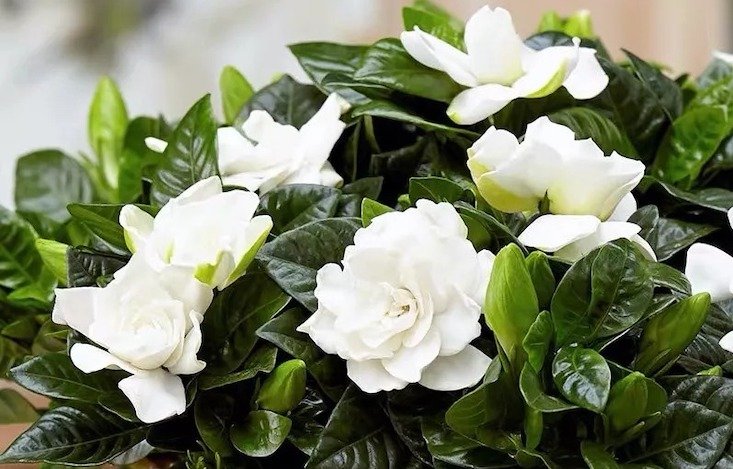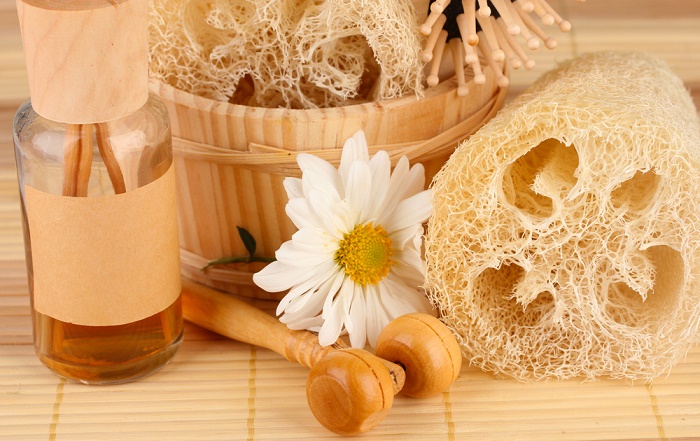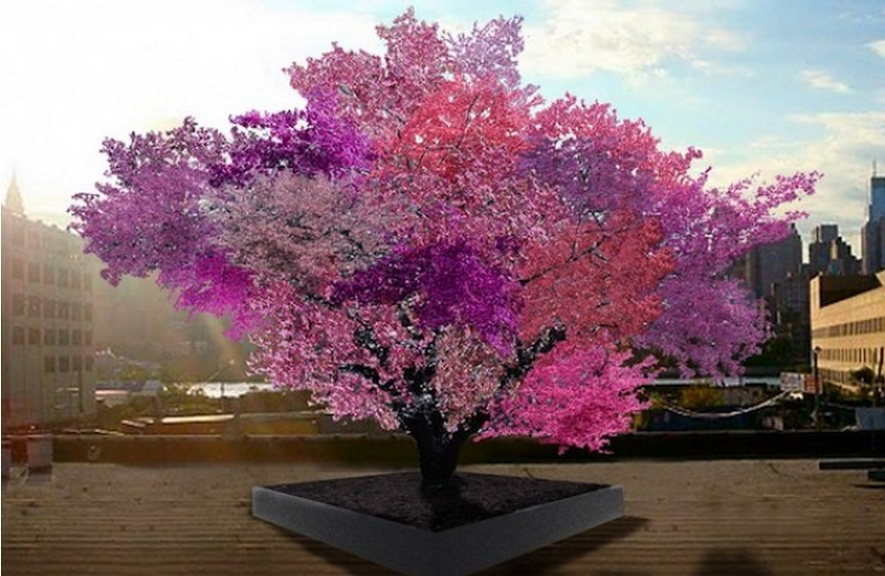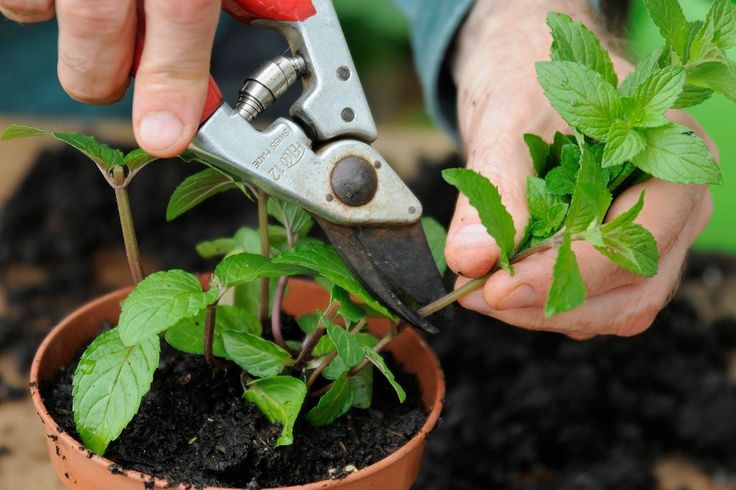The common gardenia (Gardenia augusta) is a flowering shrub that grows to a maximum of 8 feet tall, producing a dark green stem, glossy, oval leaves, covered with bright fragrant, showy, white flowers.
Gardenia, planting and caring for this indoor flower
Gardenias are plants suitable for both indoor and outdoor environments, growing well in containers. They require a moderate amount of care, and are susceptible to numerous pests and diseases.
Optimal conditions
Gardenias are subtropical plants that thrive in hot, humid climates. Most gardenias are hardy in zones 8-11, although some varieties resistant to zone 7 have developed (Kleim’s Hardia gardenia is one), and some are only hardy in zones 10 and 11 (including gardenia double of Tahiti).
Favorite soil for gardenias
Gardenias require a soil pH of between 5.0 and 6.5, which is considered acidic to slightly acidic. It is advisable to conduct a soil test with a simple kit available at nurseries and home improvement centers. If the soil’s pH is too high, modify it with sulfur, which is available in a variety of chemical forms.
If possible, adjust the pH up to six months to a year before planting to allow the application to work. In addition to the correct pH, the best soil for gardenias will be a lightweight, organic material with good moisture retention properties.
If your soil is heavy and clayey, or very sandy, modify it with large amounts of compost. If you plant gardenias along the foundation of a house, test the ph. The soil around the foundation can have a very different pH than the soil in the center of the garden.
Humidity
Constant humidity is non-negotiable for gardenias. They aren’t drought tolerant, but they don’t want soggy roots either. It is essential that you place them in an area with well-drained soil. Organic matter helps retain moisture at the level that shrubs need. Too much clay can lead to waterlogged soil, while excessively sandy soils dry out quickly and do not retain nutrients.
Exemplary light for gardenias
Gardenias can be handled in full sun, but they need protection from the midday or afternoon sun in higher growing areas. North and east facing exposures are ideal because they will receive bright morning light and some midday light, but will not be in full sun all day or during the absolute heat of the day.
Transplantation
Container gardenias bought from a nursery do not need to be replanted unless their roots grow out from the bottom of the pot.
For example, transplant into a larger container. Use a commercially prepared, sterilized soil filler mix, or a slightly acidic medium enhanced with peat moss.
The sand and peat mixture works well, half and half. Aim for a pH close to 6.0 and fertilize to increase acidity, if necessary. Water thoroughly after planting and keep the gardenia in a stable environment.
Location
Place your indoor plants in a bright, sunny spot where they can get at least half a day of direct sunlight. Gardenias prefer temperatures of around 15ºC at night and 21-23ºC during the day.
Water regularly to keep the soil moist to the touch. Don’t let the ground turn into “dry bones.” Fertilize regularly throughout the growing season, following all directions. Do not over fertilize, as this leads to an accumulation of excess salts in the soil.
Pests in gardenias
Gardenias are the target of a number of sap-sucking pests, many of which can be found on the underside of foliage.
Common pests of indoor gardenias include whiteflies, thrips, and spider mites. Mites can be removed with a direct stream of cold water, or with an insecticide.
Whitefly and mites can be controlled with an insecticidal soap. A horticultural oil such as neem oil can also be effective in controlling pests.
Yellow sheets
If your leaves are yellow, especially in spring, it could mean that your gardenia is lacking in water. Give it a good dose of fertilizer and healthy water for a few days and the leaves should start to turn bright green.
Gardenia diseases
There are also some diseases that affect gardenias. Root rot is common in gardenias with poorly drained soil. This can cause the plant to turn yellow.
You can save the plant by digging it up and pruning off any damaged roots and then replanting it in a better draining spot. Powdery mildew can occur when air circulation is poor around the plant.
It will cause a white, fuzzy or powdery coating on the leaves and affect new growth. A good plum to thin the plant will help to solve this.
Spread
Gardenias can be propagated very easily from cuttings or cuttings. For best results, cut the stems in spring / summer.
Start by making a 12 cm cut from the tip of a branch. Then fill a pot with potting soil and sand and moisten the mixture. Dip the end of the clipping into a rooting hormone.
Poke a hole in the ground with your finger, place the cut into the hole, and cover it again. Then place the pot in a bright spot to get plenty of sunlight and make sure the soil remains moist. This should take 4-8 weeks for the plant to take root.
Keep rooted cuttings steam moist or keep them in a pot covered with a plastic bag. Use a rooting medium with a half and half mixture of sharp sand and peat moss. Gardenias can also be germinated from seed , although this is a slow process.









